SEMINAR ANNOUNCEMENT
TOPIC: Magnetic nano-materials for neural stimulation
SPEAKER: Andy Tay (PhD ongoing), University of California, Los Angeles
HOST: Dr Mrinal Musib (biemkm@nus.edu.sg)
DATE: February 7, 2017
TIME: 2-3pm
VENUE: E4-04-07, Faculty of Engineering
ABSTRACT
Neural stimulation techniques for eliciting calcium influx can elucidate the physiological roles of specific neural populations. To overcome some of the limitations of existing techniques such as poor specificity, we developed a technology for non-invasive control of neural activities using magnetic forces and magnetic nanoparticles (MNPs). Extensive investigations with different neuro-toxins and experimental conditions support that the mechanism of magnetic stimulation that involves membrane-bound MNPs transducing magnetic forces into mechanical stretching of the cell membrane to enhance the opening probability of mechano-sensitive N-type calcium ion channels to induce calcium influx.
Making use of the ability of neural networks to actively regulate their ratio of excitatory to inhibitory ion channel/receptor, we also performed chronic magnetic stimulation on fragile X syndrome (FXS) model neural networks. We found that chronic magnetic stimulation reduced the density of N-type calcium ion channels whose expression is increased in FXS. This technique demonstrates the potential of using bio-magnetic/mechanical forces to modulate expressions of mechano-sensitive ion channels where they are over-expressed such as in abnormal nociception.
Nonetheless, there are still a few areas where the technique can be improved such as using MNPs with more uniform properties to have greater control on magnetic stimulations. This motivated our study on magnetotactic bacteria (MTB) which produce biological MNPs with superior properties such as uniform sizes and highly homogenous magnetic properties with the goal of harvesting MNPs from them. MTB, however, grow extremely slowly and the number of MNPs produced/bacterium is low. One way to overcome this problem is to evolve MTB over-producers of MNPs but this strategy is constrained by the absence of a selection platform that is quantitative and offer high throughput. To overcome this problem, we combined random chemical mutagenesis and selection using a magnetic ratcheting platform to generate and isolate MTB over-producers that produce twice as many MNPs/bacterium after 5 rounds of mutation/selection. We next designed a magnetic microfluidic device and demonstrate as a proof of concept, that it can be coupled to a bioreactor for high throughput microfluidic sorting of MTB.
BIOGRAPHY
Andy Tay graduated from the NUS Biomedical Engineering Department and Global Engineering Programme with a First Class Honours in 2014. He was awarded the NUS Overseas Graduate Scholarship to pursue his PhD in University of California, Los Angeles. In UCLA, Andy works with Professor Dino Di Carlo to develop technologies for magnetic-based technique for neural stimulation and for directed evolution of magnetotactic bacteria. Andy has won multiple awards including the prestigious Hemsley Fellowship from Cold Spring Harbor Laboratory, grant from Bavaria California Technology Center that funded his research internship in Germany and the Australian Endeavour Research Fellowship. Andy is a freelance writer for Naturejobs Blogs and Science and have won several writing competitions including the Naturejobs Career Expo Journalism Contest.



